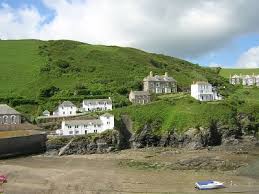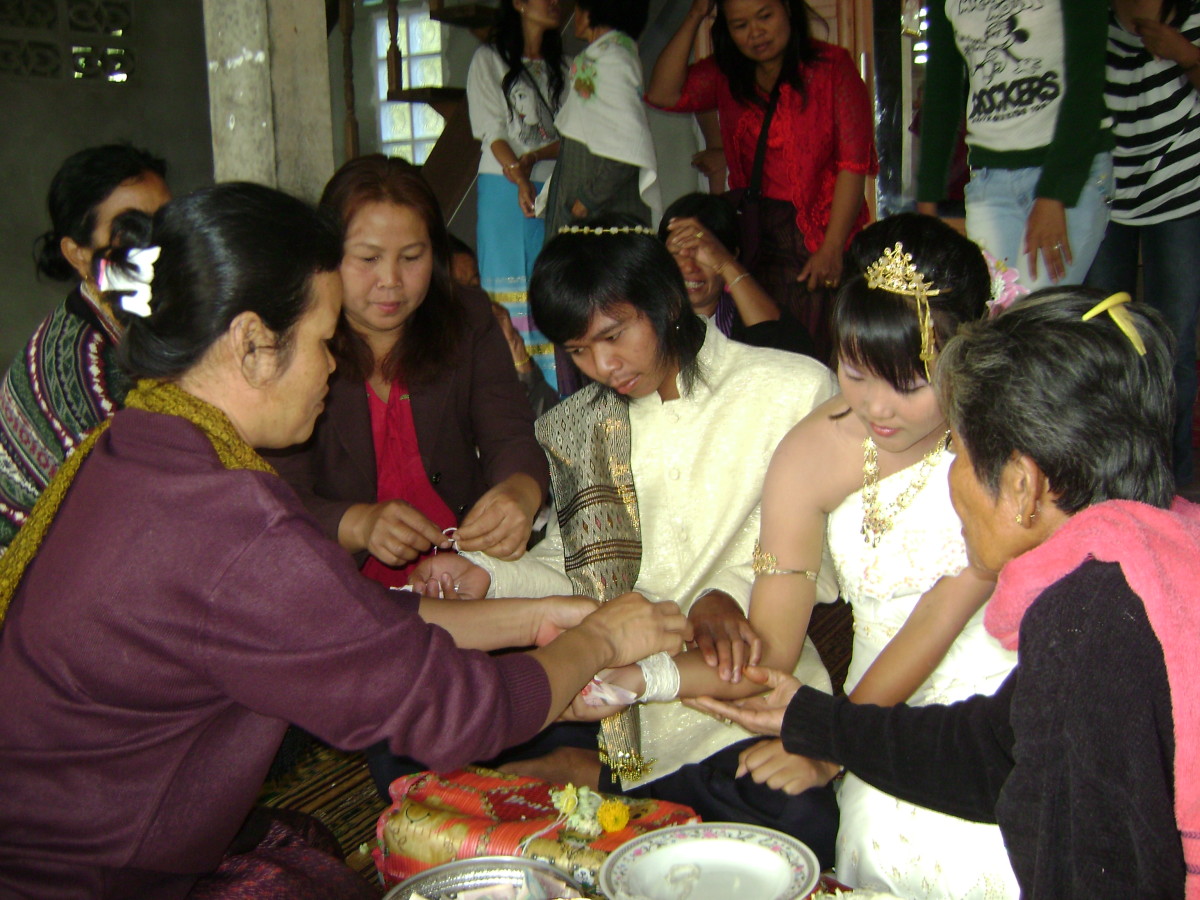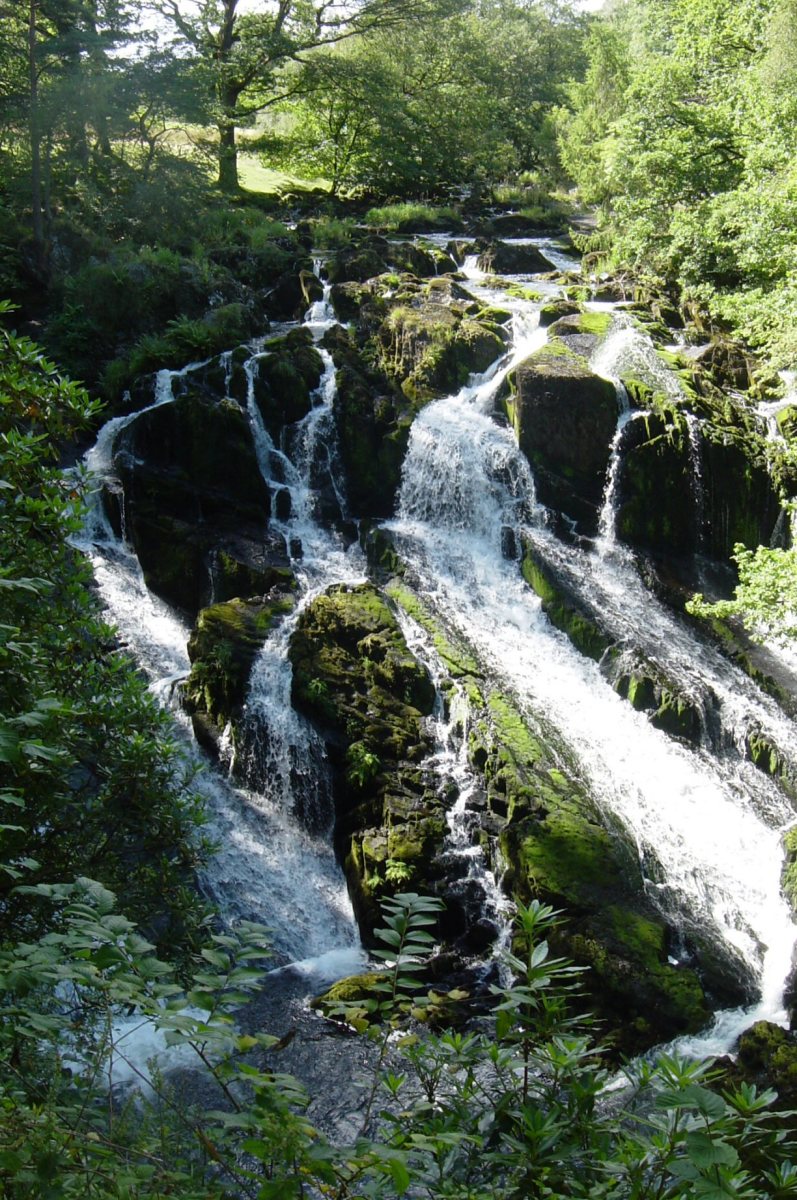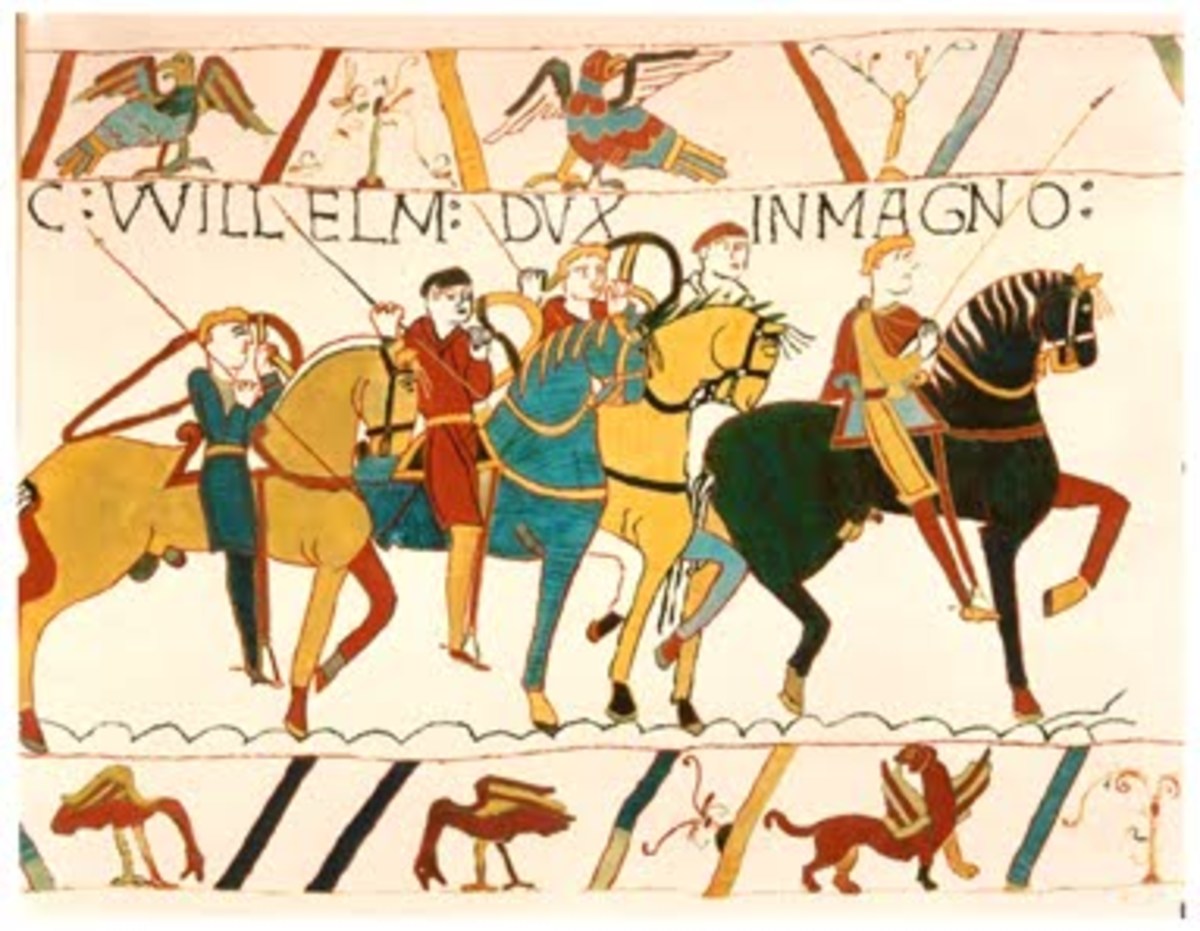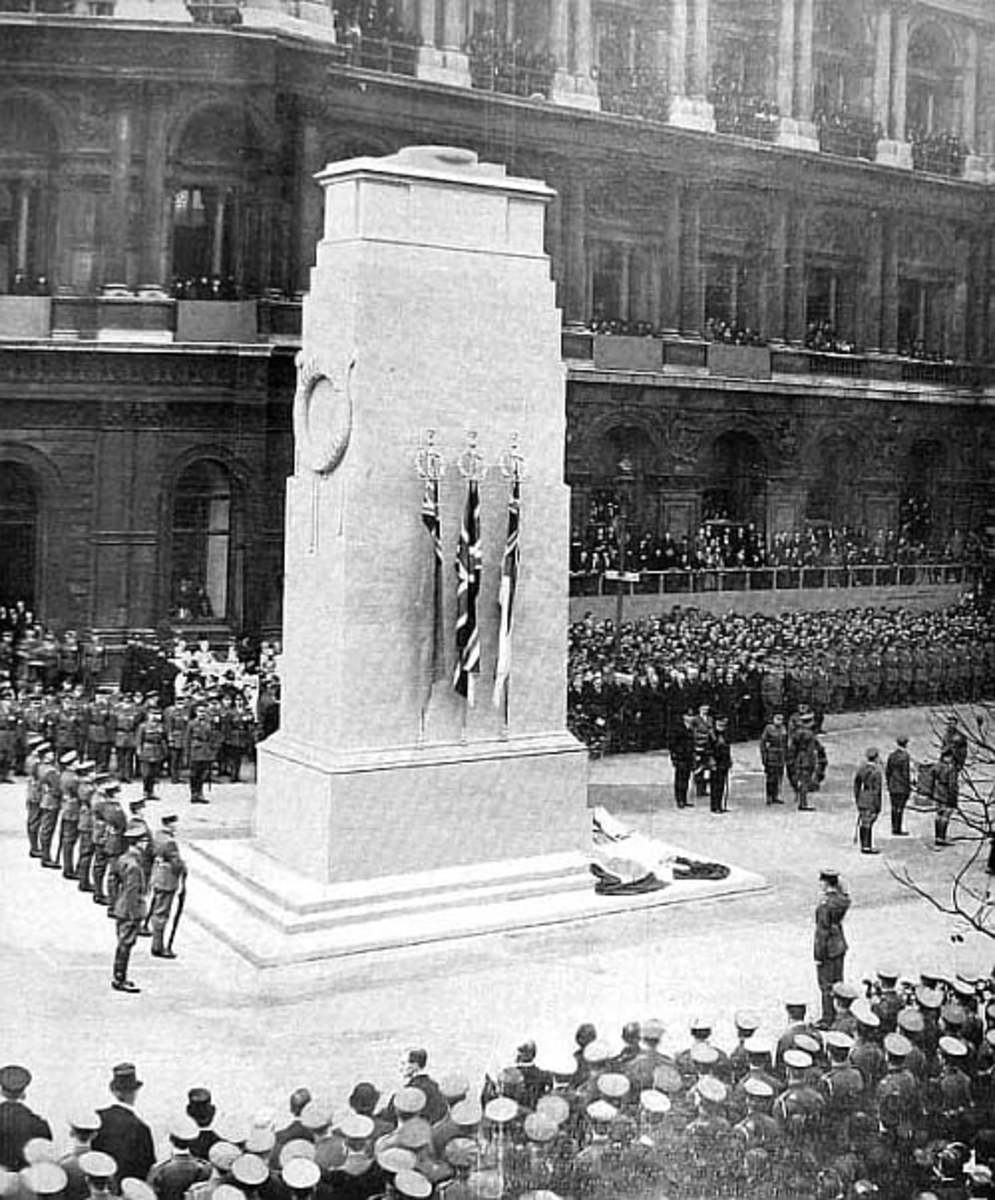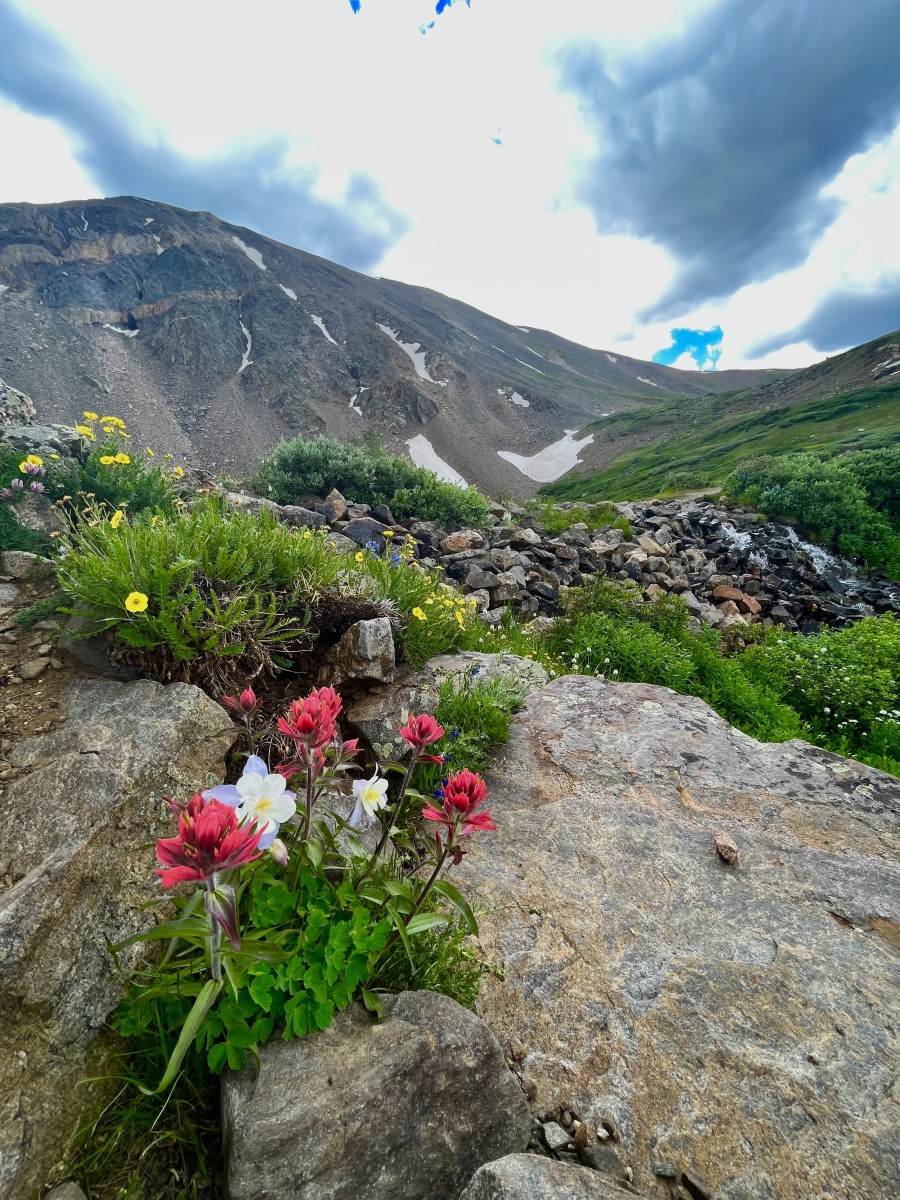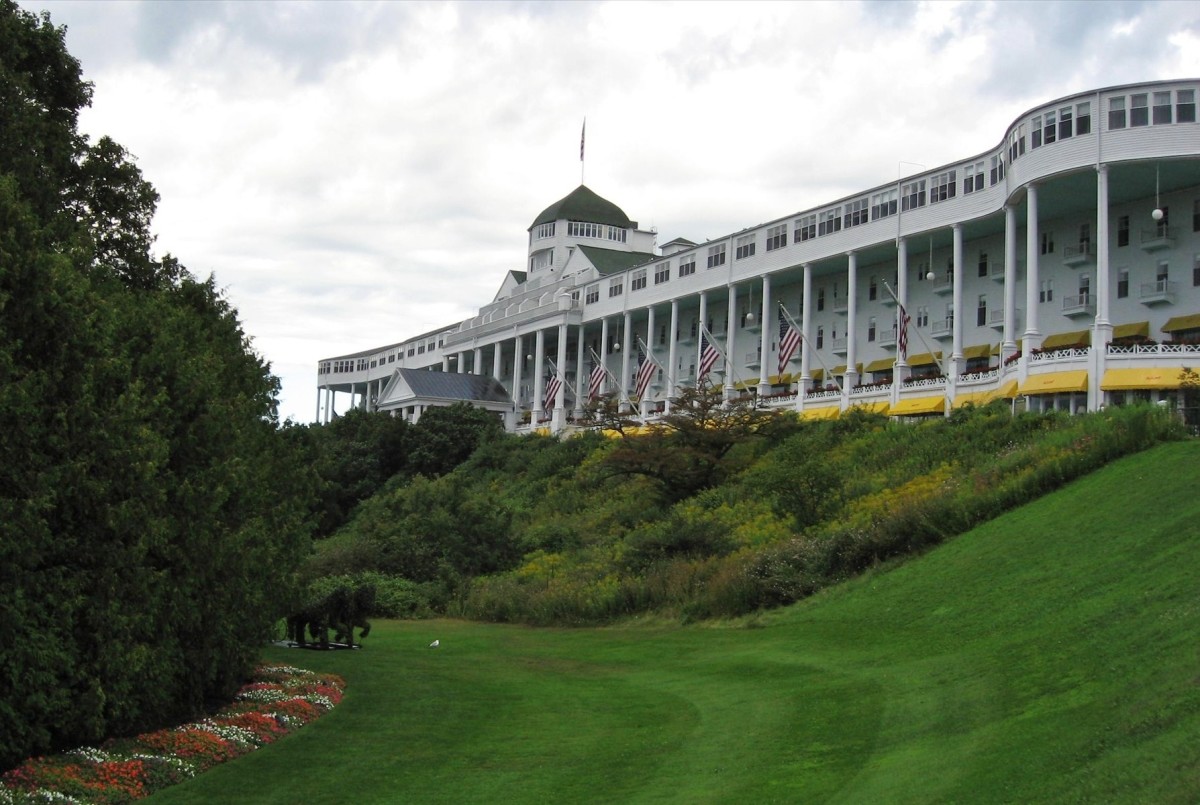The British Village.
Our Early Villages were Scattered
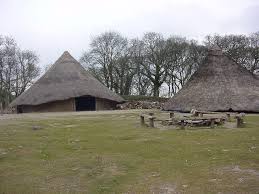
British History
A village is usually a small community, or a settlement of people, and they were mostly founded on agriculture where farming communities grew. And as these tiny communities grew, it gave a pathway for other businesses to grow, like the corner shop, and Tavern. Though more often than not many villages grew around a nucleus of a Church and Manor House. These day's villages are taken for granted, and they are firmly rooted into the soil of the land, yet back in late Saxon times saw huge growth in communal living, with villages sprouting up all over the land. Back then open field agriculture was the way that villages and communities were established, a huge swathe of land, not just in Wales, but in England and Scotland, were cultivated. Communal cultivating became the way forward, by giving each villager a strip of land to cultivate and farm, for grazing animals, that is where common land came to prominence. Large farmhouses were being abandoned, and left to ruin as their land were taken over by the communal farming method. This method of communal farming did not take over the whole of Wales, neither did it take over the rest of the UK, the mountainous regions of Wales survived unscathed. Villages here were founded near to the slate quarries, and the coal mines, even though these were an extremely hard environment, especially in bringing up a family.
However, there are evidence of village life much earlier than what we already knew. Back in Neolithic times there are traces of villages, maybe not in the same manner to what they became in Saxon times. But more as a mutual defence, and the saying became true, of, "many hands make light work", as heavy haulage was required, as there were no wagons around in those days. These early manifestations of the village were created by the "Romano-British", and they supported the villa economy of the day. Yet, all of these early manifestations, even though being powerful and successful, simply vanished as did their creators.
The Heart of a Community
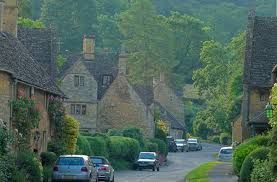
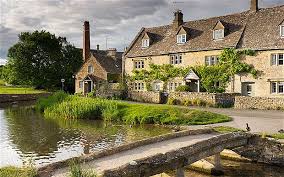
The Beating Heart of the Countryside
Most people associate a village green with the quintessential English village, these types of villages were organically grown. Not all villages with greens were grown this way, some came to existence through a ladder system. There is evidence that these types of villages originated from careful planning, beginning with an access road, then having evenly sized plots on either side creating a focal point. These focal points becoming the village green, where villagers would meet to sell goods and foodstuffs, and as time went by this changed with the village green being somewhere to play sport. One such sport is Cricket. Moving North to Scotland it is believed that some villages were created by Anglian settlers, searching for new grounds to settle and seeing the Scottish countryside as an idyllic spot. The Anglian's applied the same method to their villages, of being methodical and planning, a ladder pattern with a road and even plots, they ended up with a village green. We never associate a village green with Scottish villages, however, they can be seen especially on the Scottish borders.
For us in Wales the Norman conquest played a huge part in how Welsh villages were to take shape. Before the Norman conquest it was the Royal Estate nucleus that were followed, with the manor house, the church, and estate workers cottages on the outskirts. However, after the Norman's everything centred around a Castle, with all housing being enclosed within the castle walls. Many of these Castles can be seen today all over Wales. The Norman influence was carried not only in Wales, it carried over to Ireland, with the strongest influences being around the 12th centuries.
When the Middle Ages came things began changing, the Castle was no longer the administrative centre of the village, the large manor house came back into power. The manor being the powerhouse of it's community, encircled with workers cottages, with a mill or two that crushed the oats, and barley to feed the community. The beauty in this set-up was, the manor house and all of it's lands could be divided up into smaller lots, and sold off if money was becoming tight. That is why land ownership became so complex, with many big estates having been sold off piece by piece to raise capital. However, there are a number of big estates with their respective manor's still today owned by a single family, dating back to the middle ages, and even older. In all of these which have managed to survive, all of the families have had to diversify, finding new ways and new ideas to make them profitable. Many of these villages would hold weekly markets and fairs, with the Lord's who owned these estates orchestrating everything, from the grandeur of the manor houses. However, here over time these died down, and became non-exsistent, while just leaving a tiny memorial of their past with a small market, or fair cross. In the far flung village of Gwalchmai, on the tiny Island of Anglesey a clock stands in the centre to mark what used to be there 600 years ago.
As time went by the Georgian Period in-fact, funny enough, these kind of villages starting appearing in the Scottish Lowlands. Planned as a revolution by the Scottish Landowners, in making a strong clear statement. Before that, Scotland had barely no villages beyond the South-East. Following on from the middle ages, some of our villages were lost, when families moved to be nearer wealthier landowners, and the empty villages becoming crumbled shells.
Our Modern Villages.
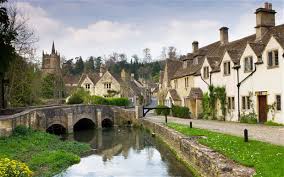
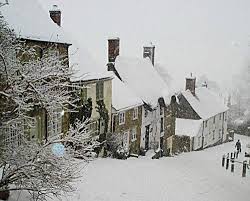
Villages Have Shaped the Nation.
As time moved towards the 18th century, and the beginning of 19th century fashion and taste changed, with wealthy mill owners and landowners became more involved in the villages. Some of these wealthy entrepreneur's went as far as to re-build the whole village, in order to get them closer to the manorial home. With the village being built in a vernacular style, they would build them just on the outskirts of their landscaped parkland. When aesthetics were the driving force, some built a model village, to mirror the larger village, building in a style that they want. Having a picturesque village was paramount for some, the Georgians were obsessed, Blaise Hamlet near Bristol is a prime example, being designed by John Nash. John Wood the younger from Bath, an architect produced pattern books with a variety of designs, used by the landowners to remodel their village. Especially if the village was not being done in one fell swoop. However, some of these model villages were constructed purely for the factory workers, as many mill owners and factory owners wanted healthy housing, with the amenities for the workers. Saltaire in Yorkshire is a prime example, construction began in 1851 by Sir Titus Salt, solely for his workers. Many industrialists followed suit, like soap manufacturer William Hesketh Lever, in creating Port Sunlight in Merseyside, Liverpool. And Quaker industrialist George Cadbury constructed Bournville in Birmingham. All these were constructed as model villages, being picturesque to look at, yet maintaining a healthy living, and construction was carried out in a traditional way. Starting with a pub, or a church, as a focal point, then the whole village was constructed around these.
By now 21st century, sadly some villages have been lost, with many through no fault of their own. In some only small bumps remain, the ones built on higher ground during the warm period of 800-1400AD, are lost due to the climate cooling. A number of villages have been lost to coastal erosion, or been flooded to create reservoirs, as water supply for the large towns and cities. With the end of open field agriculture, that over so many years had created villages, meant the end of some villages. Now, the wealthy landowners built farmhouses outside the village nucleus, so the open fields were fenced in to create the patchwork of farms we know today. However, in actual numbers only a small amount of villages have actually vanished. Ones near towns and cities have only been engulfed and become suburbs. The village that we know today are somewhat different, boasting a parish church, a pub and a school. With other larger villages having a post office and shop, extending to a village hall and church house. By today, with the rise of the car we can travel further quicker, and the village has less uses. The manor houses have become hotels, with picturesque villages, like the cotteswolds, are popular with tourists, yet agriculture is deep rooted in every village's veins.
